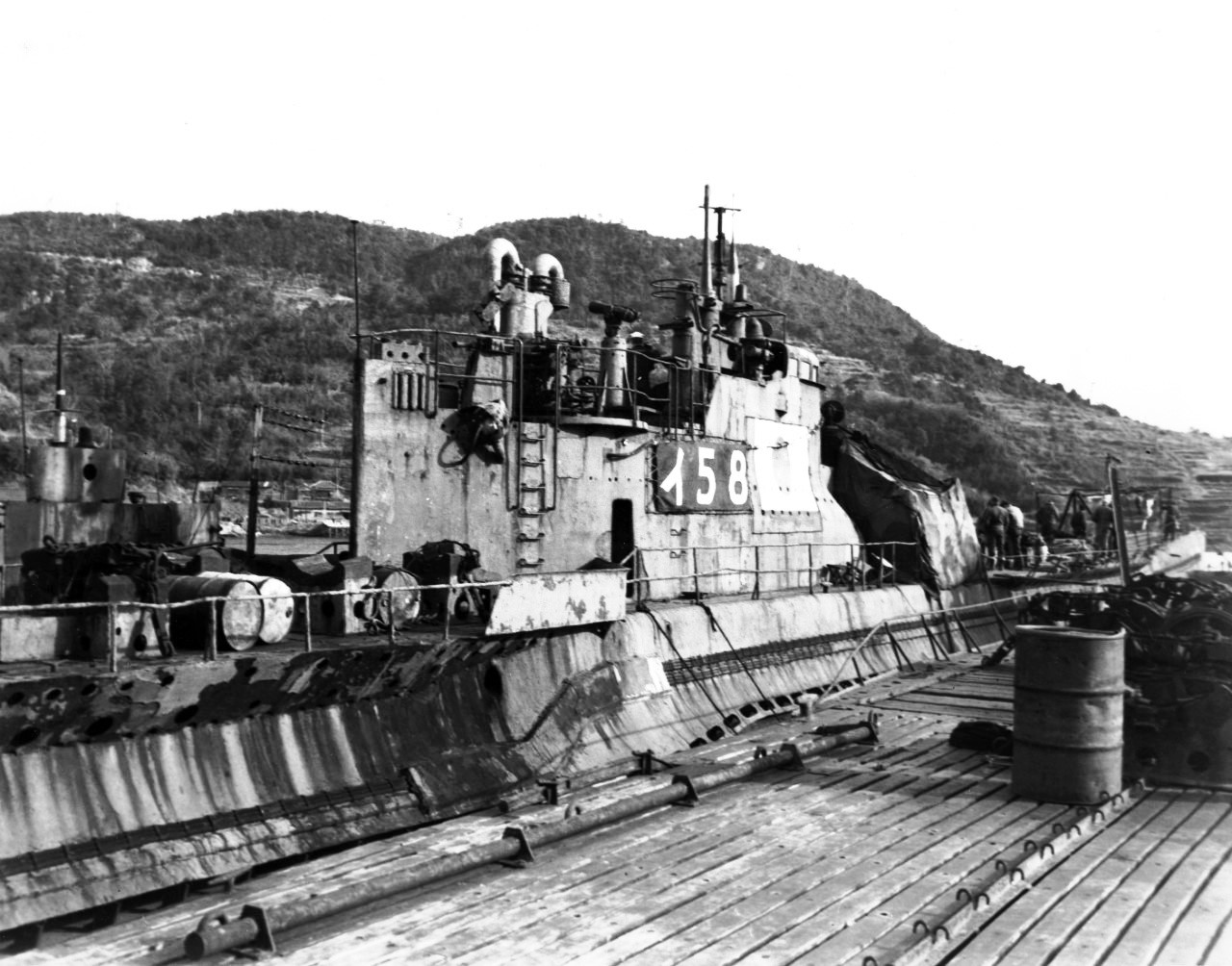

© 2001-2017 Bob Hackett & Sander Kingsepp
Revision 7
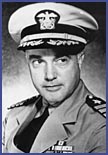

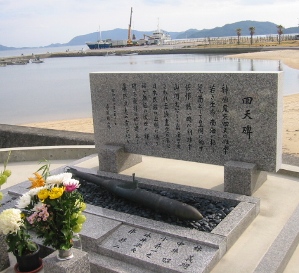
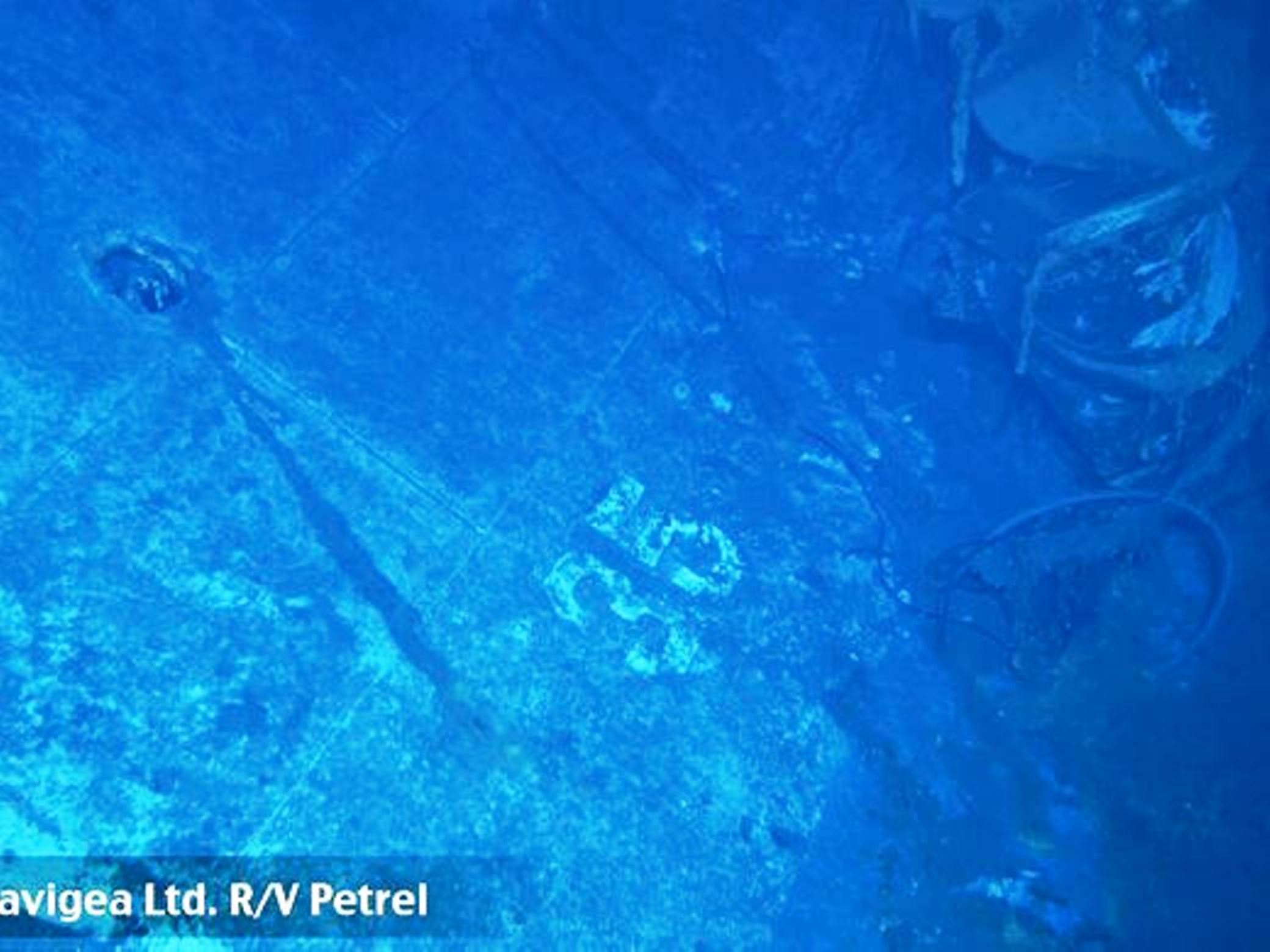 |
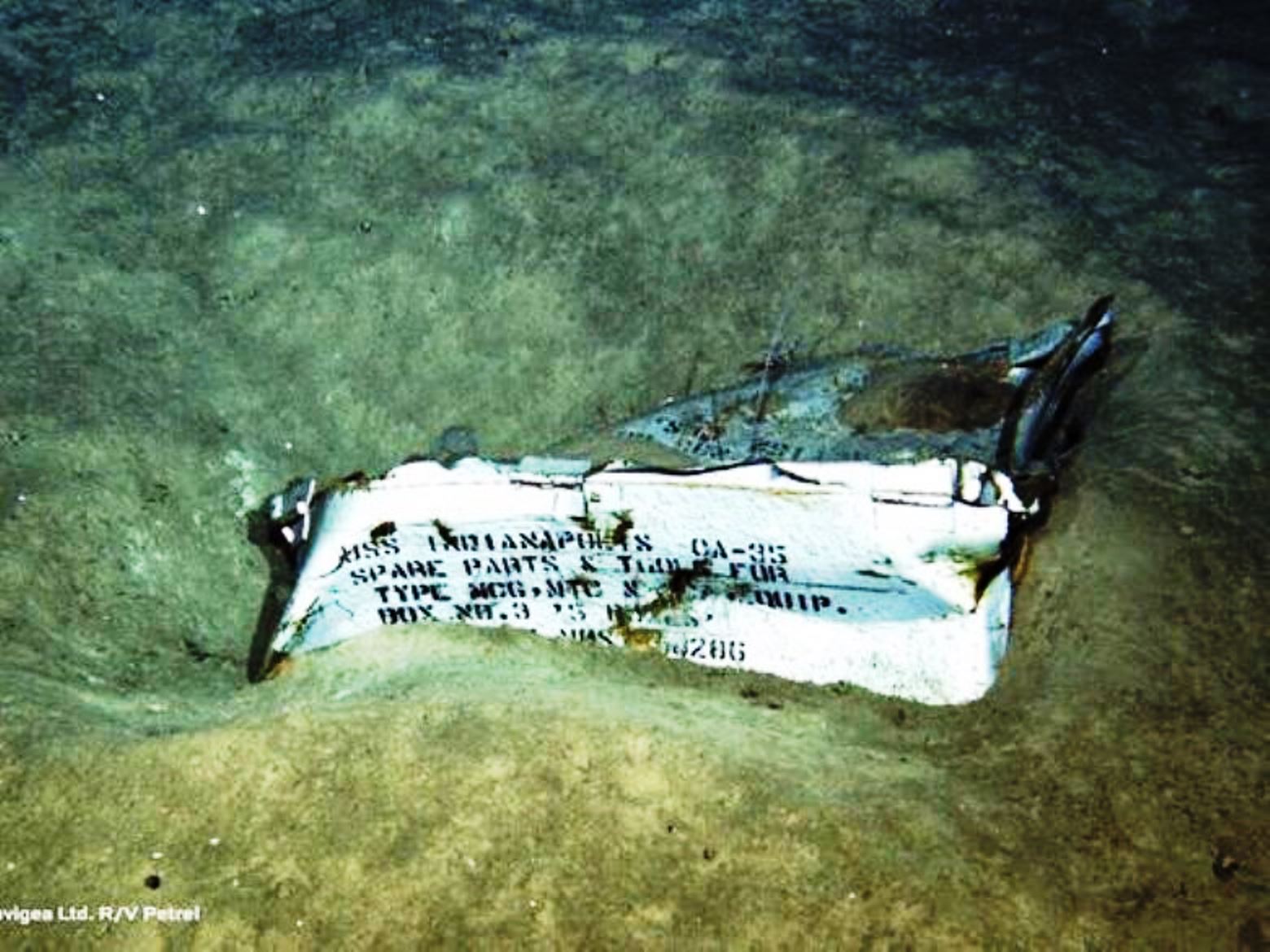 | |
| Painted hull number "35" on port side of ship. | Spare parts box from USS INDIANAPOLIS in over 16,000
feet of water. |
|
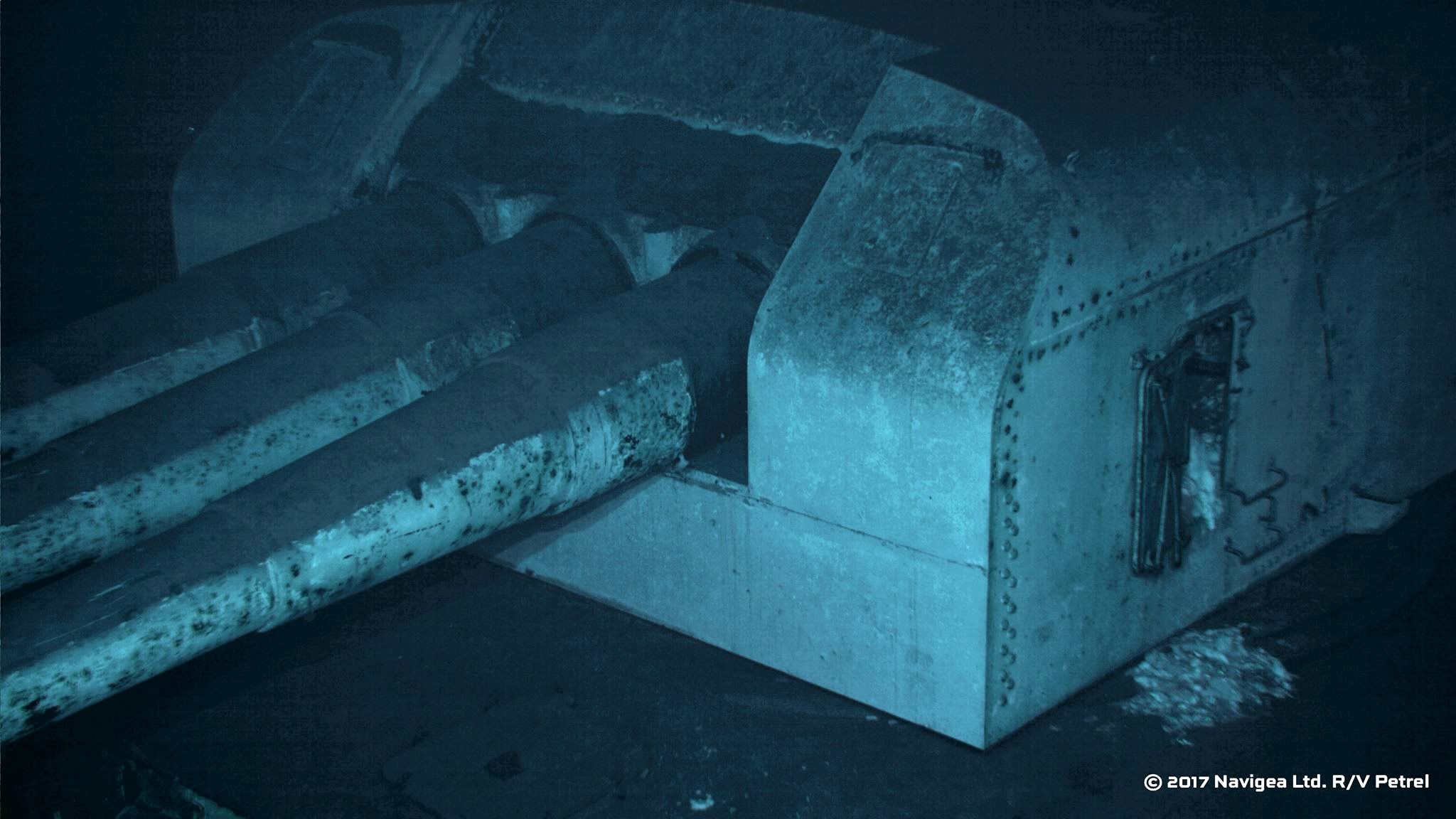 |
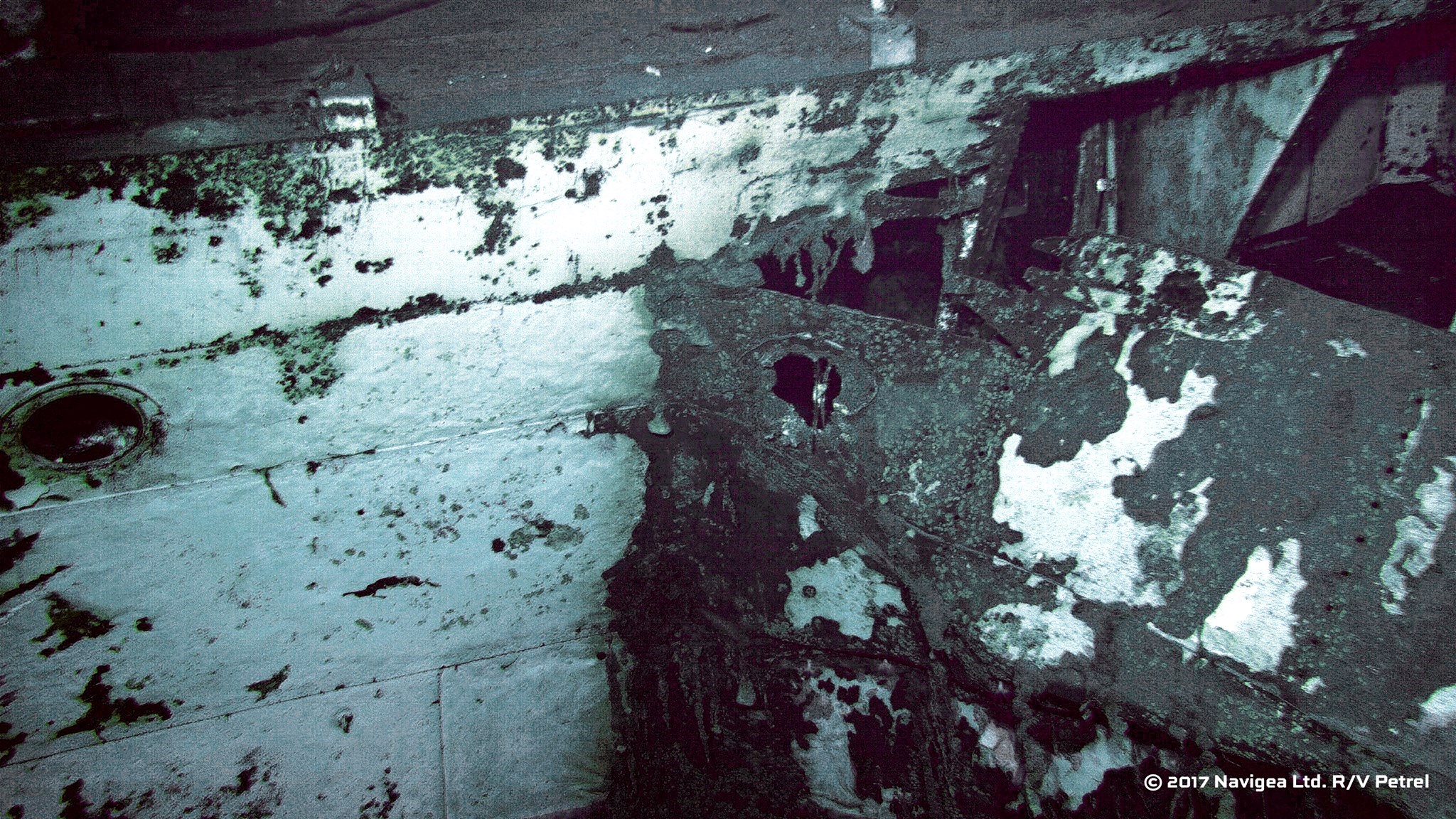 | |
| One of INDIANAPOLIS' main gun turrets. | Torpedo damage to forward starboard section. | |
 |
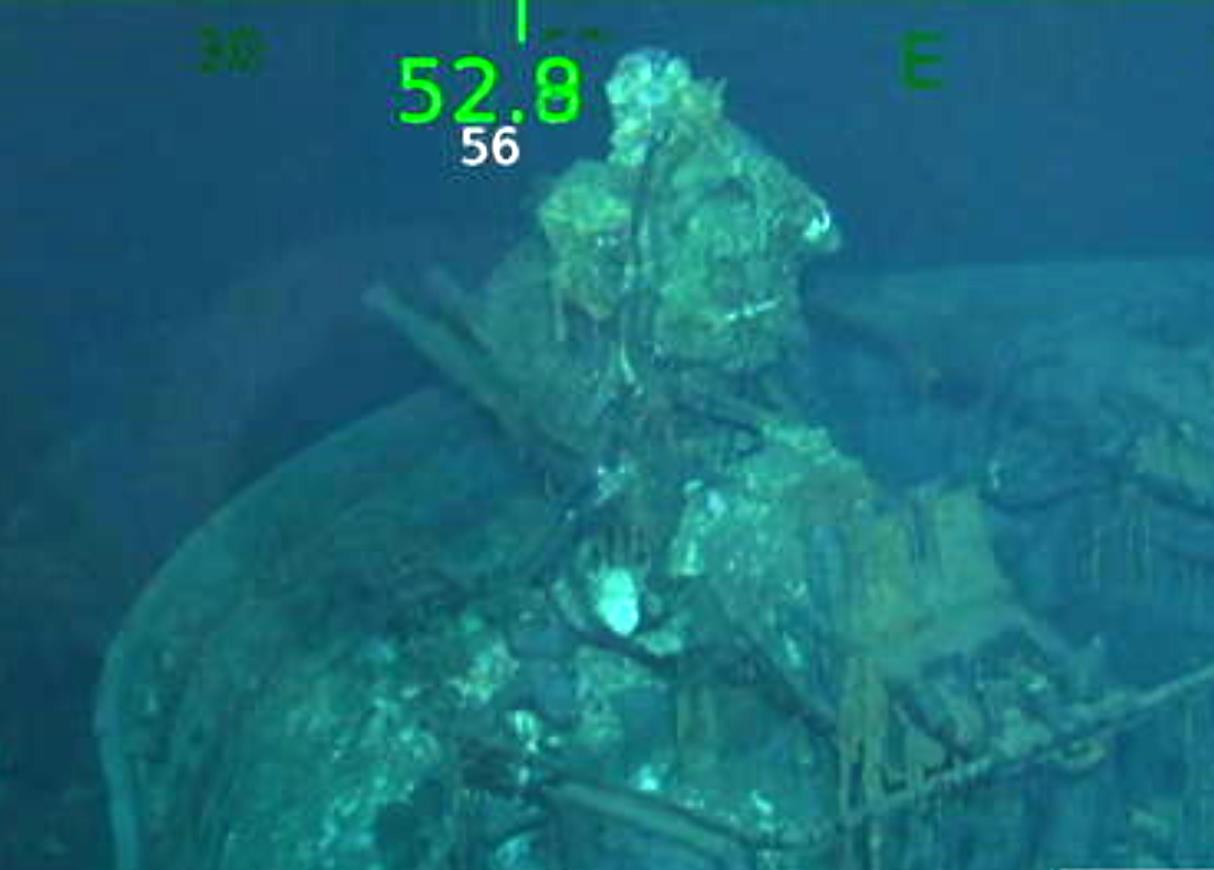 | |
| Secondary gun mount. | Bofors 40-mm AAA gun. | |
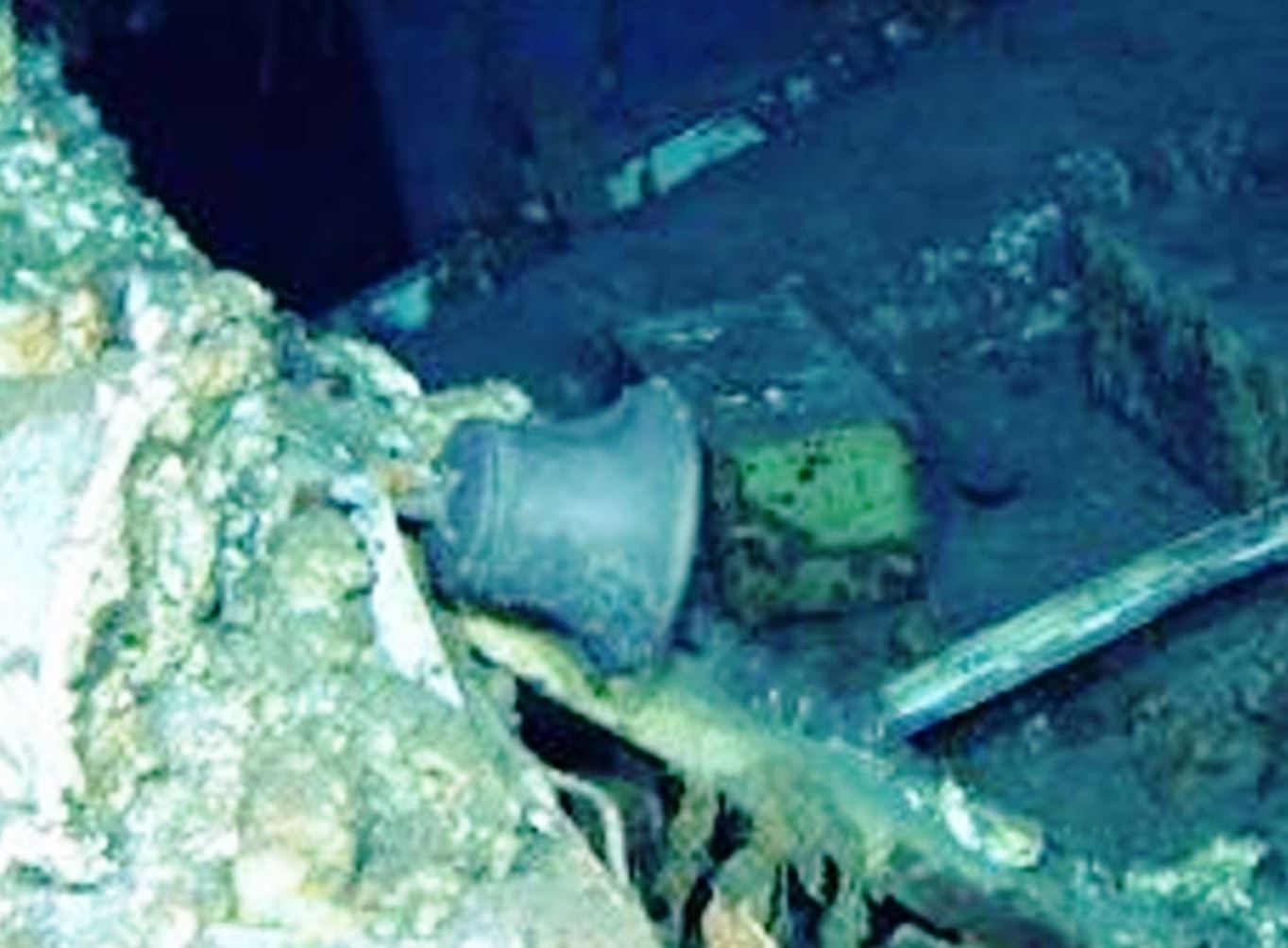 |
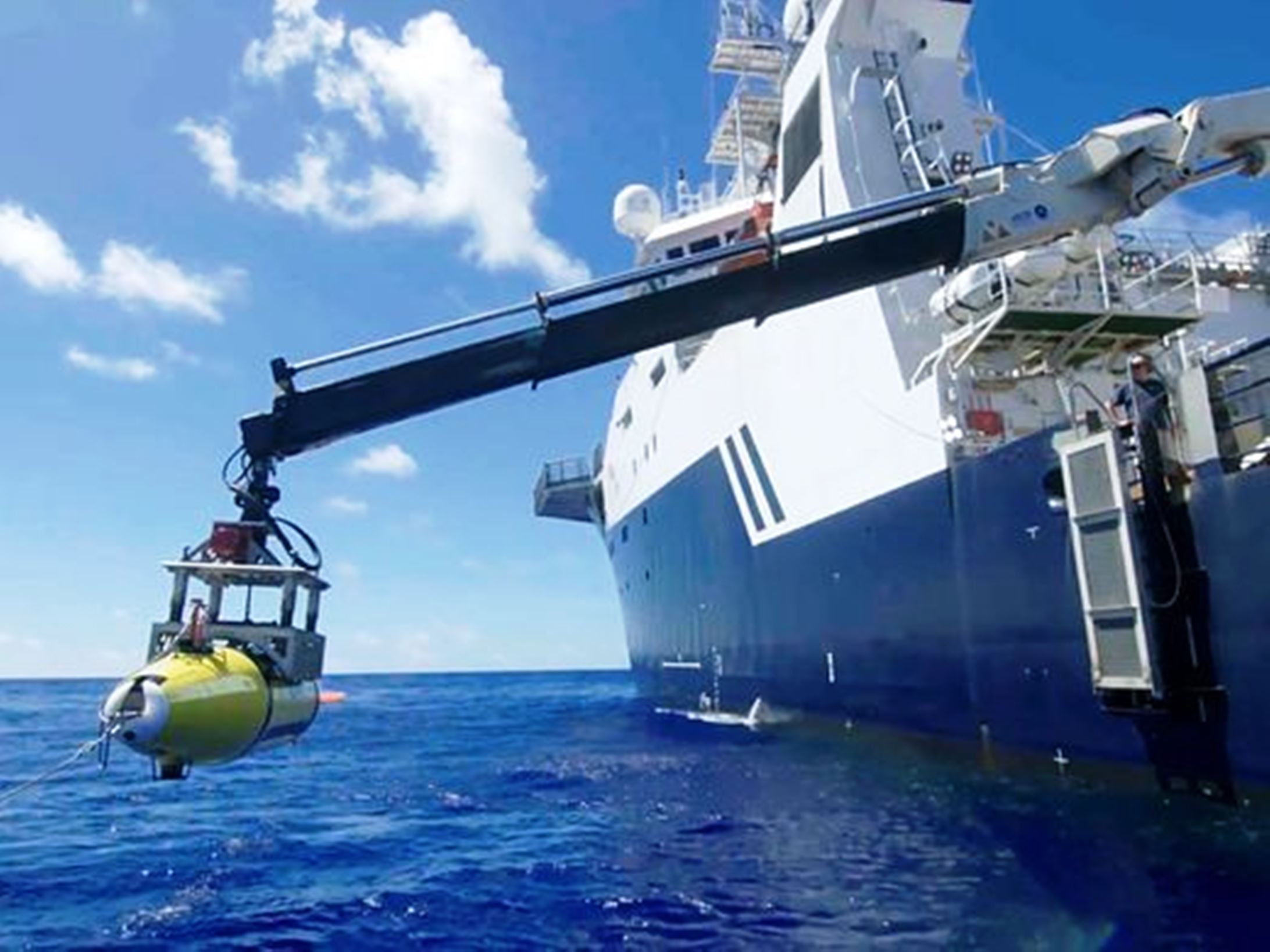 | |
| INDIANAPOLIS' bell. | R/V PETREL lowers autonomous underwater vehicle (AUV)
that can make a submerged run for up to 20 hours. |

